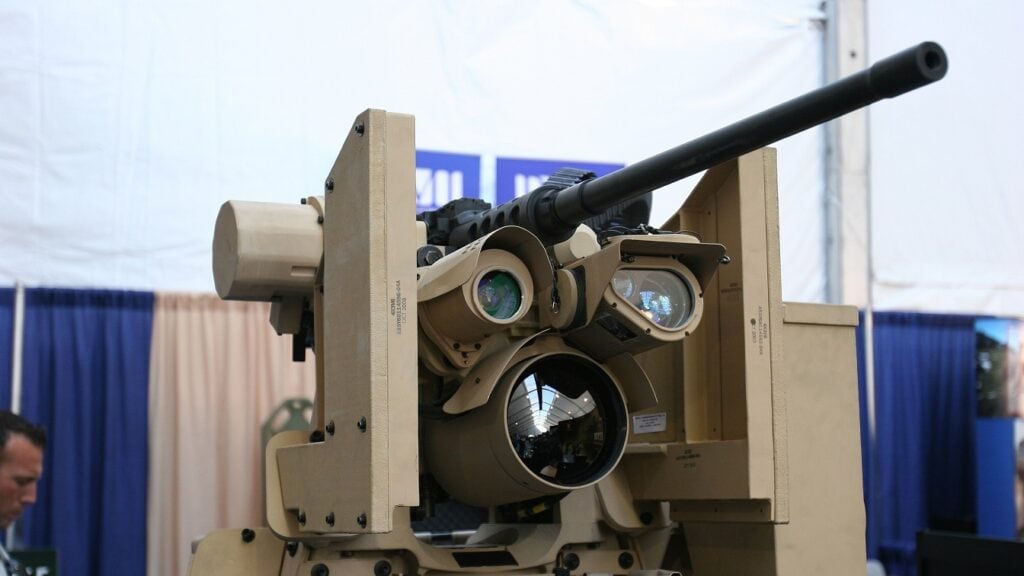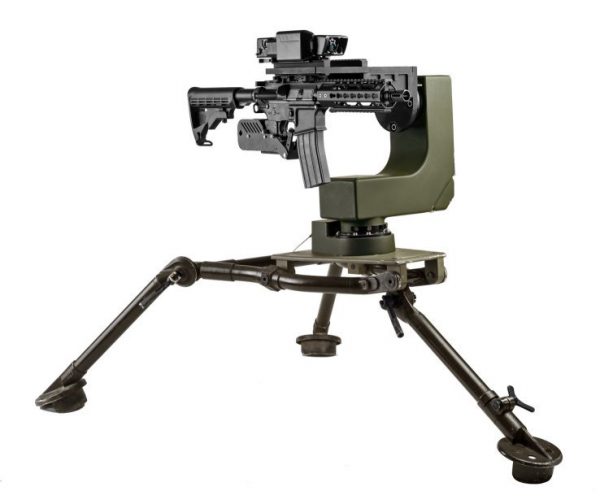Sublethal Remote Gun USA: The Future Of Non-Lethal Defense Technology
Imagine this— a world where law enforcement can neutralize threats without firing a single deadly bullet. A place where conflict resolution doesn’t have to mean bloodshed. Enter the sublethal remote gun USA, a cutting-edge innovation reshaping the landscape of modern defense. It’s not just a tool; it’s a game-changer in the realm of non-lethal weaponry. If you’ve ever wondered how technology is evolving to protect lives while maintaining order, this is your chance to dive deep into the future of public safety.
Now, before we get too far ahead of ourselves, let’s break it down. A sublethal remote gun is designed to incapacitate targets without causing fatal harm. It’s part of an emerging field that blends science fiction with real-world application. And guess what? The USA is leading the charge in developing these advanced systems. So, whether you’re a tech enthusiast, a policy wonk, or someone curious about the future of defense, buckle up. This article’s got you covered.
But here’s the deal—why does it matter? In an era where debates over gun control and police reform are at an all-time high, solutions like the sublethal remote gun offer a glimmer of hope. It’s not just about technology; it’s about trust, accountability, and safeguarding communities. So, let’s explore what makes this innovation so revolutionary and how it could redefine the rules of engagement.
Read also:Royal Spotlight The Intriguing Life Of Rose Hanbury And Her Connections To The Royal Family
Understanding Sublethal Remote Guns: A Quick Overview
Let’s start with the basics. What exactly is a sublethal remote gun? Simply put, it’s a weapon designed to immobilize or incapacitate a target without causing permanent damage or death. Think of it as a high-tech version of tasers or stun guns but with a broader range of capabilities. These systems often use directed energy, electromagnetic pulses, or even advanced projectiles to achieve their goals. And trust me, the possibilities are mind-blowing.
How Sublethal Remote Guns Work
Here’s the science behind the magic. Most sublethal remote guns operate using one of three primary mechanisms:
- Directed Energy Weapons (DEWs): These systems emit focused beams of energy, such as lasers or microwaves, to disrupt a target’s nervous system or sensory functions.
- Electromagnetic Pulses (EMPs): EMP-based weapons disable electronics or create temporary paralysis by interfering with electrical signals in the body.
- Non-Lethal Projectiles: These are specialized rounds designed to deliver impact without penetrating the skin, often filled with materials that cause discomfort or temporary paralysis.
Each method has its own set of advantages and limitations, but the common thread is clear—they’re built to stop threats without taking lives. Pretty cool, right?
Why Sublethal Remote Guns Are Game-Changers
Let’s face it—the world is changing, and so are our approaches to conflict resolution. Sublethal remote guns aren’t just another gadget; they’re a symbol of progress. Here’s why they’re making waves:
Reducing Fatalities in Law Enforcement
In the USA alone, thousands of people lose their lives during police encounters every year. Sublethal weapons offer a way to de-escalate situations without resorting to deadly force. By giving officers more options, these systems can save lives on both sides of the badge.
Enhancing Public Safety
From riots to hostage situations, sublethal remote guns provide a non-lethal alternative to traditional firearms. They allow authorities to neutralize threats quickly and effectively, minimizing collateral damage and ensuring the safety of bystanders.
Read also:Dolly Partons Secret Tattoos A Conversational Dive Into Her Artful Choices
Addressing Ethical Concerns
With great power comes great responsibility. Sublethal weapons address ethical dilemmas by prioritizing human life. They empower law enforcement and military personnel to handle threats responsibly, aligning with modern values of compassion and accountability.
The Sublethal Revolution: Current Developments in the USA
The USA is at the forefront of sublethal technology research and development. Companies and government agencies are investing heavily in creating systems that balance effectiveness with safety. Here’s a closer look at some of the latest advancements:
Active Denial Systems (ADS)
Developed by the U.S. military, ADS uses millimeter-wave technology to create a sensation of intense heat on the skin. It’s non-lethal and highly effective at crowd control, making it a favorite for large-scale operations.
Taser X2
While not exactly a “remote gun,” the Taser X2 is a prime example of sublethal weaponry in action. Its dual cartridge design allows officers to engage multiple targets, ensuring greater control in chaotic situations.
Less-Lethal Grenades
These devices are designed to disorient or incapacitate targets using sound, light, or chemical agents. They’re particularly useful in enclosed spaces where traditional firearms might pose a risk.
Challenges and Controversies
Of course, no innovation is without its challenges. Sublethal remote guns raise important questions about ethics, effectiveness, and potential misuse. Let’s explore some of the key concerns:
Ethical Implications
While these weapons are designed to save lives, they still have the potential for abuse. Critics worry that they could be used as tools of oppression, particularly in authoritarian regimes. Ensuring proper regulation and oversight is crucial to preventing misuse.
Effectiveness in Real-World Scenarios
Not all sublethal systems are created equal. Some may fail in high-stress situations or against determined adversaries. Developers must continue refining these technologies to ensure they perform reliably under pressure.
Public Perception
Public opinion plays a significant role in the adoption of new technologies. Many people remain skeptical about sublethal weapons, fearing they could lead to increased aggression or reliance on force. Educating the public about their benefits and limitations is essential for building trust.
Sublethal Remote Guns in Action: Case Studies
To truly understand the impact of sublethal remote guns, let’s look at some real-world examples:
Law Enforcement Deployments
Several U.S. police departments have successfully implemented sublethal weapons in their arsenals. In one notable case, a suspect armed with a knife was subdued using a Taser, preventing a potentially deadly confrontation.
Military Applications
The U.S. military has used ADS systems in combat zones to manage hostile crowds and protect troops. These deployments have demonstrated the technology’s effectiveness in reducing casualties and maintaining order.
Private Sector Use
Some private security firms are exploring the use of sublethal weapons for protecting high-value assets. While still in its infancy, this trend highlights the growing demand for non-lethal solutions across industries.
The Future of Sublethal Remote Guns
So, where do we go from here? The future of sublethal remote guns is bright, but it requires careful planning and collaboration. Here are a few trends to watch:
Advancements in Technology
As research continues, we can expect even more sophisticated systems capable of addressing a wider range of threats. From AI-driven targeting to improved energy efficiency, the possibilities are endless.
Regulatory Frameworks
Establishing clear guidelines for the use of sublethal weapons will be critical to their success. Policymakers must work closely with experts to create regulations that balance innovation with accountability.
Global Adoption
While the USA leads the charge, other countries are beginning to explore sublethal technologies as well. International cooperation will be key to ensuring these systems are used responsibly and effectively worldwide.
Conclusion: Embracing a Safer Tomorrow
Sublethal remote guns represent a paradigm shift in how we approach conflict resolution. They offer a path forward that prioritizes life and dignity, aligning with the values of a modern society. As we continue to develop and refine these technologies, it’s important to remember why they matter—to protect, to serve, and to build a safer world for everyone.
So, what’s next? Share your thoughts in the comments below. Are sublethal remote guns the answer to our prayers, or do they raise more questions than they solve? Whatever your stance, one thing is certain—they’re here to stay. And if you’re interested in learning more, be sure to check out our other articles on cutting-edge defense technologies. Together, we can shape the future—one innovation at a time.
Table of Contents
- Understanding Sublethal Remote Guns: A Quick Overview
- How Sublethal Remote Guns Work
- Why Sublethal Remote Guns Are Game-Changers
- The Sublethal Revolution: Current Developments in the USA
- Challenges and Controversies
- Sublethal Remote Guns in Action: Case Studies
- The Future of Sublethal Remote Guns
- Conclusion: Embracing a Safer Tomorrow
Article Recommendations


